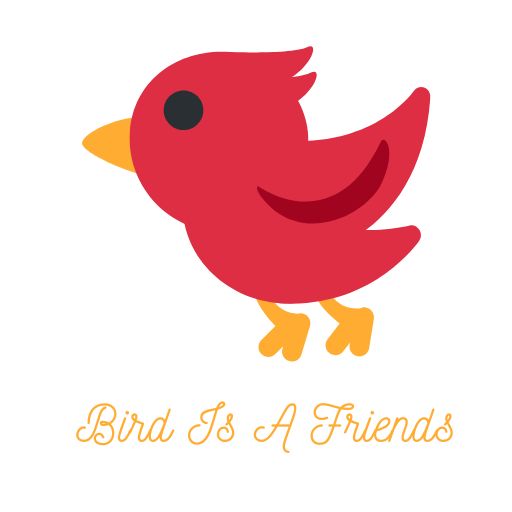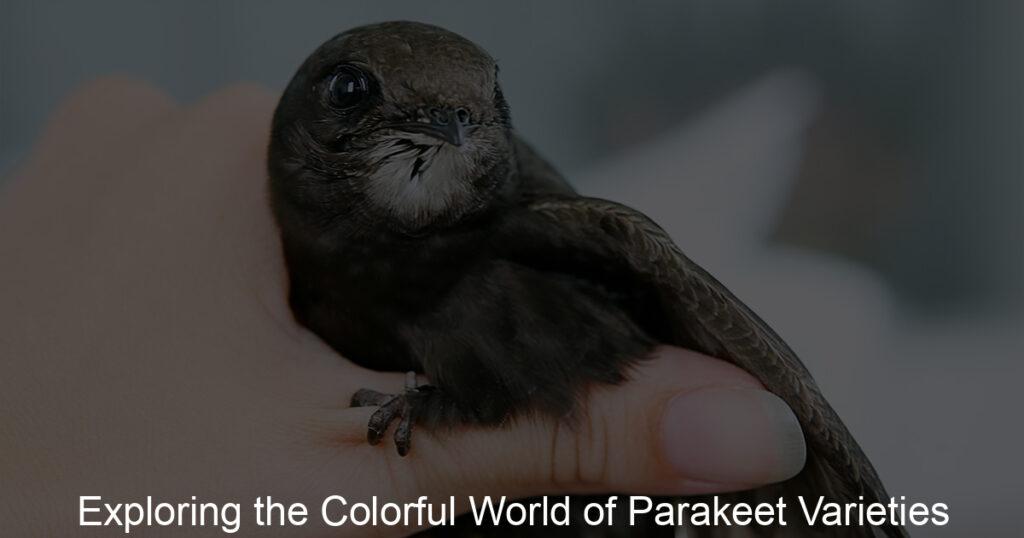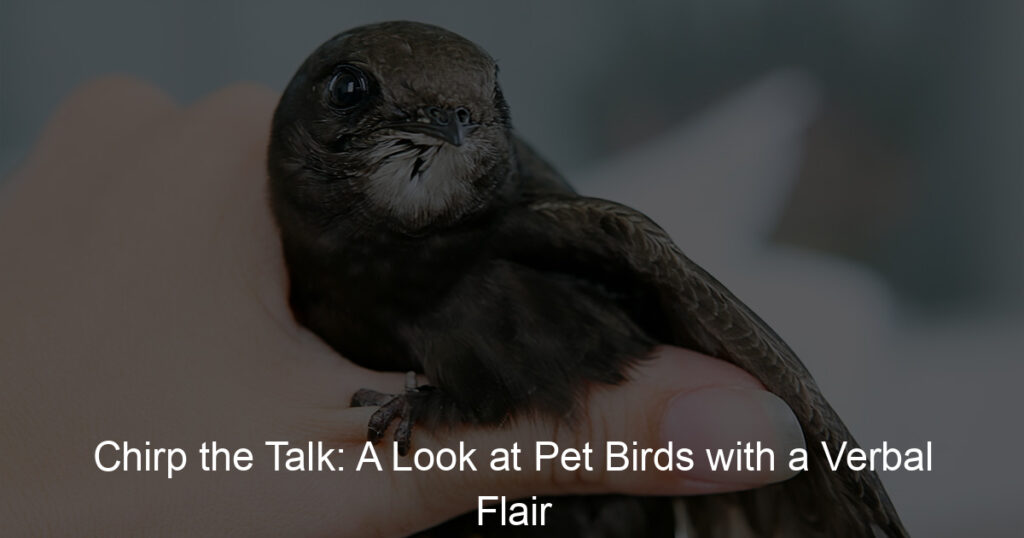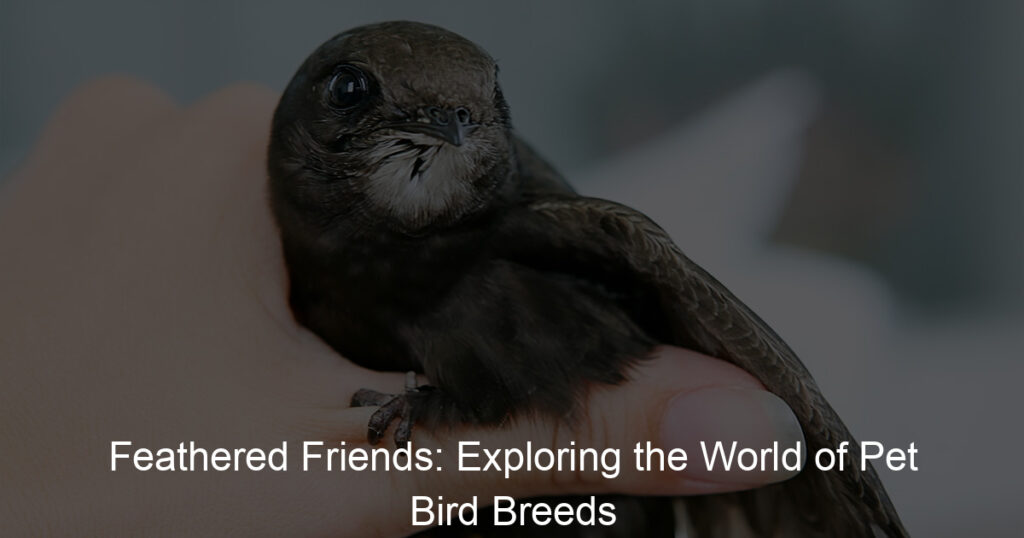Introduction to Canary Behavior
Canaries are fascinating creatures with unique behaviors that set them apart from other bird species. Understanding their behavior is not only interesting but also crucial for their well-being. In this post, we will delve into the world of canary behavior, helping you understand why studying it is important and what common patterns you can expect from these vibrant birds.
- Understanding the Importance of Studying Canary Behavior
- Overview of Common Canary Behavior Patterns
- Singing: Canaries are known for their beautiful songs. Males are especially vocal and use their songs to attract females.
- Bathing: Canaries love to bathe. They do this to keep their feathers clean and healthy.
- Feeding: Canaries eat a variety of seeds, fruits, and vegetables. They also need a constant supply of fresh water.
- Nesting: Female canaries build nests when they are ready to lay eggs. They use materials like twigs and feathers for this purpose.
Studying canary behavior is essential for several reasons. Firstly, it allows us to understand their needs better, ensuring that we can provide them with a suitable environment. Secondly, it helps us recognize any changes in their behavior that could indicate health issues. For instance, a sudden change in their singing pattern could mean they are stressed or unwell. Lastly, understanding their behavior can enhance our bond with them, making pet ownership more rewarding.
Canaries exhibit a range of behaviors that are fascinating to observe. Here are some common ones:
Understanding these behaviors can help you better care for your canary and ensure they live a happy and healthy life.
Deciphering Bird Behavior: A Canary Owner Guide
Understanding your canary’s behavior is key to ensuring its well-being and happiness. This guide will help you decipher your bird’s behavior, focusing on three main areas: body language, vocalizations, and signs of stress.
- Understanding Canary Body Language
Canaries communicate a lot through their body language. Observing your bird’s posture, movements, and interactions with its environment can provide valuable insights into its mood and health.
| Body Language | Meaning |
|---|---|
| Puffed up feathers | The bird is trying to keep warm or is feeling unwell. |
| Fluffed up and sitting at the bottom of the cage | The bird is likely very sick and needs immediate veterinary attention. |
| Wings held away from the body | The bird is hot and trying to cool down. |
- Interpreting Canary Vocalizations
Canaries are known for their beautiful songs, but did you know that these vocalizations can also convey important information about your bird’s mood and health? Here are some common canary sounds and their possible meanings:
| Vocalization | Meaning |
|---|---|
| Singing | The bird is happy, healthy, and comfortable in its environment. |
| Chirping | The bird is content and relaxed. |
| Squawking | The bird is upset, scared, or feeling threatened. |
- Recognizing Signs of Stress in Your Canary
Like all pets, canaries can become stressed due to changes in their environment, illness, or other factors. Recognizing the signs of stress in your bird can help you take action to alleviate it. Here are some signs your canary may be stressed:
- Loss of appetite
- Feather plucking or excessive preening
- Aggressive behavior
- Decreased activity or lethargy
Remember, understanding your canary’s behavior is crucial to ensuring its well-being. By paying attention to your bird’s body language, vocalizations, and signs of stress, you can provide the best care possible for your feathered friend.
Canary Behavior Insights: What Your Bird is Trying to Tell You
Understanding your canary’s behavior can be a fascinating journey. It’s like learning a new language, where each chirp, flutter, or movement carries a specific message. Let’s dive deeper into common canary behavior patterns and what they mean.
Canary Behavior Patterns: A Deep Dive
Canaries are known for their vibrant personalities and unique behaviors. By observing these patterns, we can gain a better understanding of their needs, moods, and overall health.
- Exploring Common Canary Behavior Patterns
- Singing: Canaries are famous for their melodious songs. Males usually sing to attract females or mark their territory.
- Fluffing Feathers: This is a way for canaries to clean themselves and keep their feathers in top condition.
- Chirping: Canaries use chirping to communicate with each other and their human companions.
- Eating Seeds: Canaries love to eat seeds, which provide them with essential nutrients.
- Understanding What These Patterns Mean
- Singing: A singing canary is usually a happy and healthy bird. If your canary stops singing, it might be a sign of stress or illness.
- Fluffing Feathers: If your canary is fluffing its feathers excessively, it might be trying to get rid of parasites or it could be feeling cold.
- Chirping: Rapid, high-pitched chirping might indicate that your canary is scared or anxious.
- Eating Seeds: If your canary is eating less than usual, it could be a sign of illness.
Canaries are known for their lively and energetic nature. They love to fly, sing, and interact with their surroundings. Some common behaviors include:
Each behavior pattern can tell us something about our canary’s state of mind or health. For example:
By observing and understanding these behavior patterns, you can ensure your canary is happy, healthy, and comfortable in its environment. Remember, every bird is unique, so take the time to learn your canary’s individual behaviors and personality traits.
Canary Behavior Explanation: Case Studies
Understanding your pet canary’s behavior can be a fascinating journey. Let’s delve into two case studies that will provide a deeper insight into canary behavior.
- Case study 1: Canary behavior in different environments
- Case study 2: Changes in canary behavior over time
Canaries are sensitive to their surroundings. This case study involves observing a canary’s behavior in two different environments: a quiet home setting and a bustling pet store.
In the quiet home setting, the canary was observed to be more relaxed and vocal. It spent more time singing and less time hiding or showing signs of stress. This behavior indicates that canaries prefer calm, quiet environments where they can express their natural behaviors without interruption.
On the other hand, in the bustling pet store, the canary was less vocal and spent more time in the corners of its cage. This behavior suggests that canaries may feel stressed in noisy, crowded environments.
This case study highlights the importance of providing your canary with a suitable environment that matches its natural preferences.
Canaries, like all living beings, change their behavior over time. This case study followed a canary’s behavior from its youth to its adulthood.
As a young bird, the canary was observed to be more active and curious, often exploring its cage and trying to interact with various toys. However, as the canary matured, it became more relaxed and spent more time singing and preening.
This change in behavior over time is a natural part of a canary’s life cycle. Understanding these changes can help you better care for your pet and ensure it has a happy, healthy life.
In conclusion, understanding your canary’s behavior is not only fascinating but also crucial for its well-being. By observing and understanding their behaviors, you can provide them with an environment that suits their needs and preferences, ensuring they lead a happy and healthy life.
Practical Canary Behavior Tips for Owners
Understanding your canary’s behavior is an essential part of pet ownership. It allows you to respond effectively to their needs and encourage positive behavior. Here are some practical tips to help you navigate your canary’s behavior.
How to Respond to Your Canary’s Behavior
Canaries are expressive birds, and their behavior can tell you a lot about their mood and health. Here’s how you can respond to your canary’s behavior:
-
How to comfort a stressed canary
Canaries can become stressed due to changes in their environment, lack of social interaction, or health issues. If your canary seems stressed, try to identify the cause. Once you’ve figured it out, you can take steps to alleviate their stress. This might mean adjusting their cage location, spending more time interacting with them, or consulting with a vet if you suspect a health issue.
-
How to encourage positive canary behavior
Encouraging positive behavior in your canary is all about providing a safe, stimulating environment and rewarding good behavior. This could include giving them a variety of toys to play with, providing a balanced diet, and offering treats when they behave well. Remember, positive reinforcement is key in encouraging good behavior.
Understanding and responding to your canary’s behavior can greatly enhance your bond with your pet. It allows you to provide the best care possible and ensures your canary leads a happy, healthy life.
Preventing Negative Canary Behavior
Preventing negative behavior in your pet canary is essential for their overall health and happiness. There are two key steps to achieve this: creating a safe and comfortable environment and providing proper nutrition.
- Creating a Safe and Comfortable Environment for Your Canary
Canaries are sensitive creatures that thrive in a safe and comfortable environment. The cage should be spacious enough for them to fly around freely. It should also be clean, well-ventilated, and away from direct sunlight or drafts. The temperature should be kept between 65 and 75 degrees Fahrenheit, as canaries are sensitive to extreme temperatures.
Include perches of different sizes and materials to keep their feet healthy. Also, provide toys for mental stimulation. Remember, a bored canary can develop negative behaviors like feather plucking. Lastly, ensure the cage is in a quiet area, as loud noises can stress your bird.
- Providing Proper Nutrition to Ensure Healthy Behavior
Proper nutrition is vital for your canary’s health and behavior. A balanced diet for a canary should include a variety of seeds, fresh fruits, and vegetables. Avoid feeding them avocado, chocolate, or caffeine, as these can be toxic to birds.
Ensure they have access to clean, fresh water at all times. Providing a cuttlebone in the cage will also help meet their calcium needs. Remember, a well-fed canary is a happy canary, and a happy canary is less likely to exhibit negative behaviors.
| Key Points | Details |
|---|---|
| Environment | Safe, comfortable, clean, well-ventilated, quiet, temperature-controlled |
| Nutrition | Seeds, fresh fruits, vegetables, clean water, cuttlebone for calcium |
In conclusion, preventing negative canary behavior involves providing a safe, comfortable environment and a balanced diet. By following these steps, you can ensure your canary stays happy and healthy.
Conclusion: The Joy of Understanding Your Pet Canary’s Behavior
As we reach the end of our exploration into the world of canary behavior, it becomes clear that understanding your pet canary is not just about knowing when they’re hungry or tired. It’s about forming a deep, meaningful bond with your feathered friend. Let’s recap the key takeaways and reflect on the journey of understanding your canary’s behavior.
- Recap of key takeaways on canary behavior insights
- Final thoughts on the journey of understanding your canary’s behavior
Throughout this guide, we’ve discovered that canaries communicate in various ways, from singing to fluffing their feathers, and even through their eating habits. We’ve learned that a happy canary is a singing canary, and that changes in behavior can often signal health issues. We’ve also discovered that canaries, like humans, need social interaction and mental stimulation to thrive.
Understanding your canary’s behavior is a journey, not a destination. As you spend more time with your pet, you’ll continue to uncover new behaviors and deepen your bond. Remember, patience and observation are key. The joy of understanding your pet canary’s behavior lies not just in the knowledge gained, but in the stronger, more meaningful relationship you build with your feathered friend.
In conclusion, owning a canary is a rewarding experience that requires commitment and understanding. The more you learn about your canary’s behavior, the more you can provide a nurturing environment for it to thrive. Here’s to a joyful journey of understanding and bonding with your pet canary!








